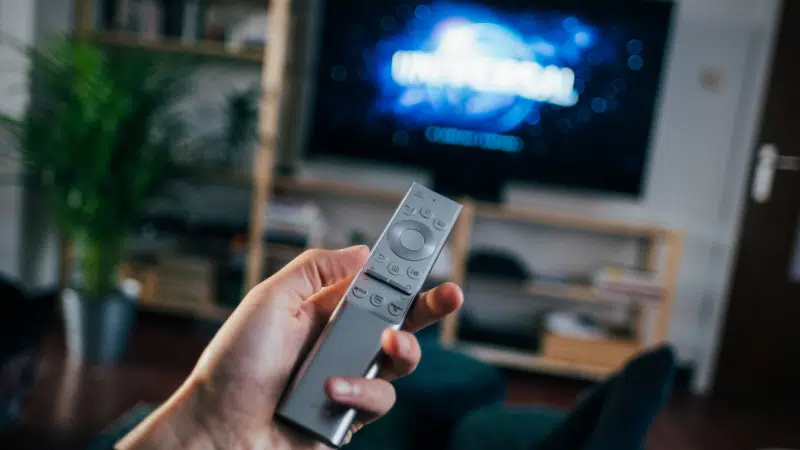Interested in getting your music featured in TV, commercials, and movies? You’ve come to the right place. Symphonic’s CEO, Jorge Brea, is here to explain everything you need to know about the basics of sync licensing and how to get started. Here’s the rundown…
What Is Sync Licensing?
Let’s Talk Basics.
When we talk about sync licensing in the music business, we’re referring to the act of synchronizing a piece of music with any form of visual media. This includes movies, TV episodes, commercials, video games, etc.
Licensing refers to the act of getting the rights to use the music. That means music supervisors for film, TV, commercial, gaming and trailer projects have to ask the rights holders of the song(s) for permission to use the music in their projects.
They have to get permission from all owners of a song, which includes:
- The Master (or sound recording) owners
- The “publishing” owners, which refers to the owners of the underlying musical composition.
The music supervisors need to obtain two licenses to use the song in their visual media project. These include:
- A “Master Use License” is required to use the master recording in coordination with the visual media
- A “Synchronization License” to use the underlying musical composition in coordination with the visual media.
How do you get started?
With Symphonic, you can get started with sync licensing through our in-house sync licensing division, Bodega Sync.
- Once accepted, your music is pitched to supervisors and advertising agencies, we negotiate licensing deals, complete all the paperwork, and make sure you get paid properly.
How does it work?
Once you get picked up for a placement, you may have an advance and backend royalties. Typically, advances are paidout directly while backend royalties are paid out to the societies you’re registered with, aka ASCAP, BMI, or SESAC.
You earn performance royalties every time your music is performed or played publicly. TV and radio royalties fall under that category. As long as your songs are registered with a performing rights organization (PRO) such as ASCAP, BMI, or SESAC, then you are eligible to collect performance royalties.
——
🧠 Feed yo’ brain…
How to Optimize your Songwriting for Sync
What You Need To Know About TV & Radio Royalties
How to Get Heard by a Music Supervisor
3 Types of Royalties Involved In Music Publishing
——
Are there any prerequisites?
There are 5 steps to prepare your music for sync.
- Make sure you have instrumental mixes of your songs.
- Make sure you know all of the ownership splits for publishing and master and make sure they’re well documented.
- Register with a PRO.
- Check your samples. (If your music contains copyrighted samples, you cannot license it for sync without permission from the sample’s label and publisher.)
- Provide accurate metadata.
To make sure you don’t miss anything, we wrote a separate post on this right here. Be sure to check it out, it breaks these down even further for you.
In Conclusion…
There’s nothing more satisfying than hearing your song on the radio or on TV. As fulfilling as it is to see your hard work pay off, what’s even better are the royalties you’re racking up every time it plays! Interested in how that money makes its way to you? Check out, “What You Need To Know About TV & Radio Royalties” to learn all about it.
In the meantime, hopefully this post has a given you a solid understanding of the basics of sync. We know there’s a lot to consider, but that’s why we created Bodega Sync for Symphonic clients. — If accepted, Bodega will help place your music by pitching to music supervisors and advertising agencies, negotiating licensing deals and completing all the paperwork to make sure you get paid properly.
Ready to get started? // Click here to apply for Sync Representation with Bodega Sync today. 🔥
You got this.



